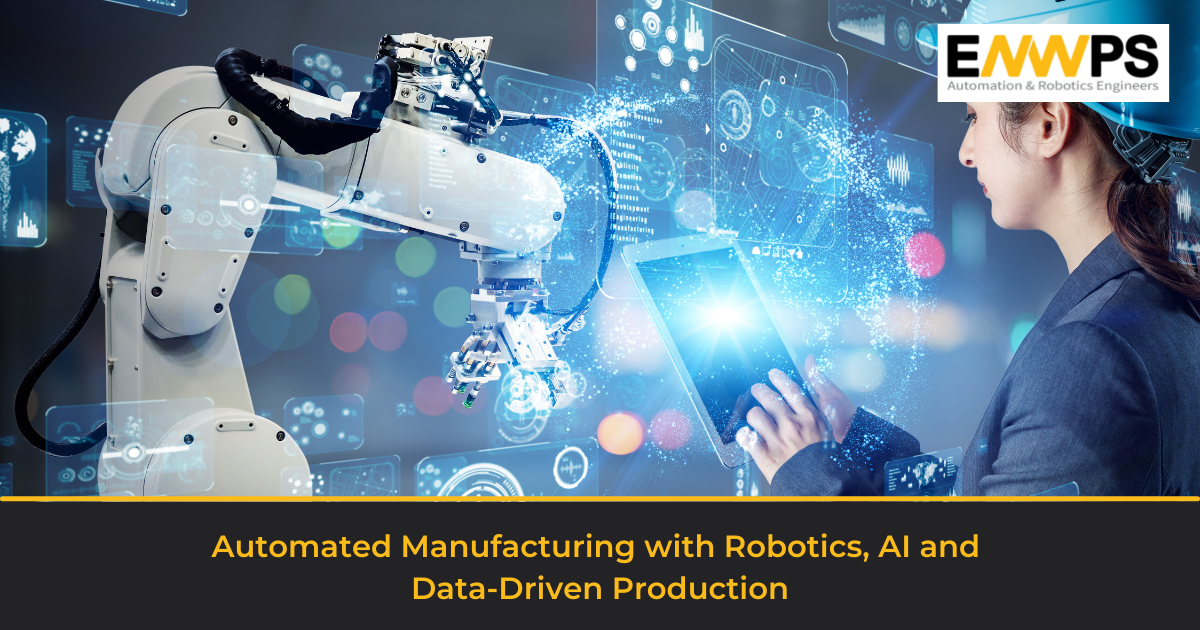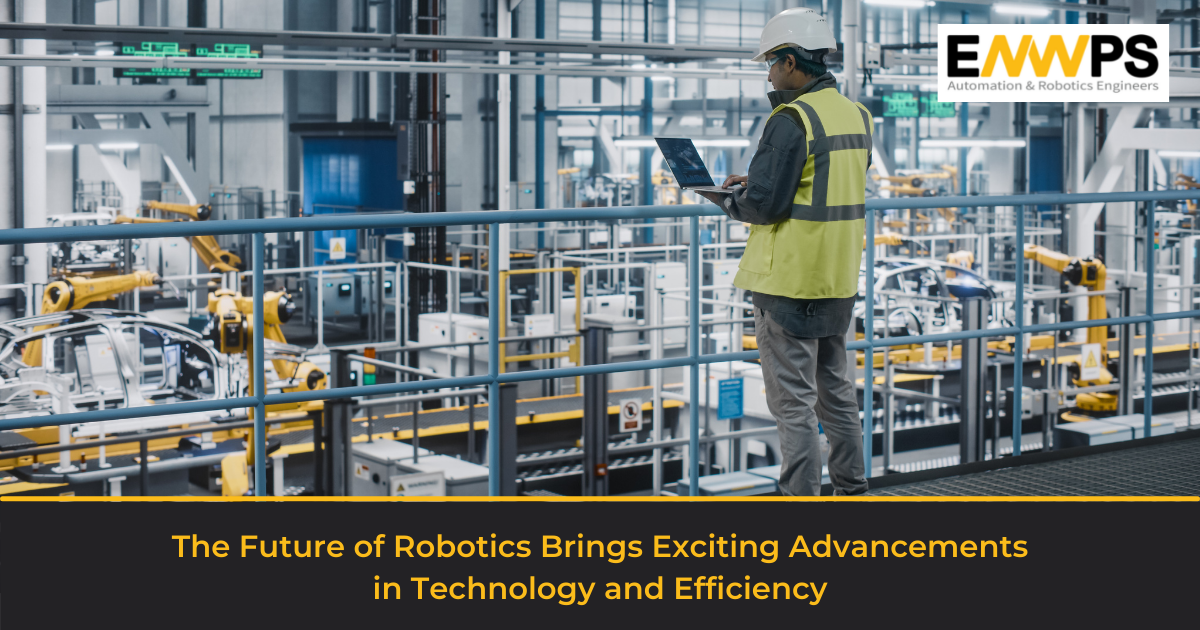
Contrary to popular belief, outsourcing tasks in an industrial environment is not a recent phenomenon. The trend began, albeit in a small way, in the 1970s as the concept of core strength forced companies to rethink on doing everything on their own. Today, outsourcing has become common and covers many activities and areas of a company’s operations, including a few that were once considered as very critical to the core strength. So, it is no surprise that even PLC programming is today outsourced by many companies, who prefer to entrust professional agencies with the task, and in the process, use their own resources for more productive purposes. Such companies view outsourcing as a win-win situation, even as there are those who are sceptical and have serious reservations on leaving such important tasks to outsiders.
So, what exactly is the ideal thing to do when a company faces this dilemma whether to outsource a particular activity of their operators? It will be worthwhile to examine the issues at length before arriving at a definite conclusion.
What Are the Pros of Outsourcing Your PLC Programming Projects?
There are two sides to any argument. Outsourcing of PLC programming certainly has its advantages and a few of them are elaborated in the following paragraphs.
Access to a larger pool of talent – With all the technology developments and online resources, PLC programming is not a rocket science anymore, but the fact remains that it is a skilled job that is also time consuming, and any error only loses more time. Skilled programmers are expensive to hire, and a company may not have enough jobs for employing them full time. Outsourcing provides a better option and gives access to a larger talent pool and assured programming success, with experts who have accumulated years of experience in doing similar tasks.
Cost savings – In outsourcing, a company pays only for the time the programmer works on its project, unlike a full-time employee who may not have enough work. So, companies not only have access to a larger pool of experts through outsourcing, but also save money in the process.
Increased efficiency – Professional agencies that execute outsourced projects know exactly what is to be done and get on to the job immediately. Their experts are conversant with all types of machines, PLCs and in general the tasks they are required to do. They bring efficiency to the table.
Faster turnaround time – They are paid based on specific tasks or projects and since they have many such assignments going, they usually work round the clock and complete the project well on time or even earlier, ensuring a faster turnaround time.
Focus on your core business – This is what started the outsourcing trend in the first place – so companies can deploy their manpower and resources for more productive activities while experts handle the technically intricate and exacting job of PLC programming which is best handled by experts.
Cut down on training and support costs – Finally, it again comes down to paring costs – in-house programming staff needs to be trained and supported in whatever way their functioning needs to be supported in terms of support services, upgrades, etc. With outsourcing, all such nitty-gritty is automatically taken care of.
What Are the Cons of Outsourcing Your PLC Programming Projects?
Having seen the advantages of outsourcing the PLC programming, there is the other side, the disadvantages one must consider before making the decision, and here are the main points:
Language barriers – Humans communicate through speech and language is often a barrier, not only internationally, but also within a large country like India. Even a mispronunciation can cause errors in, and PLC programming has no tolerance for errors. (Programming is done by reading the functional description documents and rarely based on verbal things)
Time zone differences – The world may have become a global village digitally, but it is still divided across time zones and that could pose additional problems in communicating in real time in case of problems and troubleshooting by remote in case of any urgent requirement.
Lack of control – There is always the issue of how effectively a company can control its operations when it depends on outsourcing for critical requirements. What happens in case the agency is unable to deliver, or worse, leaks or loses data?
Limited flexibility – Even as outsourcing is not without merits, when it comes to operational requirements, there is no flexibility when activities are outsourced. There is a contract and understanding, and the agency may well deliver as agreed. But for any immediate requirement, it will still have to wait for the right time zone or the person being available when most needed.
What Are the Costs Involved in Outsourcing Your PLC Programming Requirements?
This is a tricky situation, as in any cost calculation; there are often hidden charges that are not obvious initially. Outsourcing comes at a cost, but then doing the same activity in-house also has a cost. Does it make more economic sense to hire a programmer on a full-time basis? Is there enough work for a full-time employee? But then how advisable it is, to have just a single employee for a critical function like programming? What if the person leaves without notice having polished the skills? Ideally, companies recruit a team or start a department for critical jobs, not hire a lone expert. So, any cost calculation of outsourcing the PLC programming must factor in all the costs of doing the same job in-house. Smaller companies usually do not have enough work to justify full time experts for certain jobs. Larger companies may well have enough work, but still must do the cost benefit analysis to find out if the same job can be outsourced without losing efficiency if there is a cost advantage. So, at the end of the day, outsourcing must be a well-considered decision as there are issues that go beyond the visible cost.
How to Find the Right PLC Programming Company?
The first step when looking for outsourcing the PLC programming task is to understand the requirements, what the company wants to accomplish through outsourcing. Better still, make a list of the exact requirements about the type and make of PLCs it has, the machines or equipment which are connected to it, the process or functions that are monitored, the total number of I/O points, programming language, etc. Next is to prepare a shortlist of three or four companies that are known to offer their services who are well known in the market or recommended by peers or consultants. It is very important to check their credentials, find out how long are they operating in this field, their familiarity with all the leading brands of PLCs and other hardware/software, the programming languages, and the type of work they have handled, their track record as evidenced by the number of companies they are working with. Also, whether they have specialized expertise in handling advanced automation needs, have engineers from all disciplines and the kind of projects they have handled, and the willingness to deploy time and resources. Finally, it is important to put all the requirements in the contract and have a clear statement of the deliverables with timelines and other requirements in terms of emergency support, etc. This is a lot of work to do, but essential to ensure a smooth working relationship with the best PLC programming company chosen from the shortlist.
Conclusion
Having examined the issues at stake, looking at the pros and cons, outsourcing PLC programming projects can make sense for most companies, especially the MSMEs, who must make the best use of available resources. A professional outsourcing firm specializing in PLC programming can help such companies with well-executed industrial automation projects that help companies to overall success. Even large companies who have enough resources often resort to outsourcing today thanks to the many advantages that accrue from it, rather than retraining their in-house programmers every time a new device or technology comes to the market. Well established firms like ENWPS have over two decades of field experience and hundreds of programming years collectively from their experts are ideally positioned to deliver the best results, creating a win-win situation.




